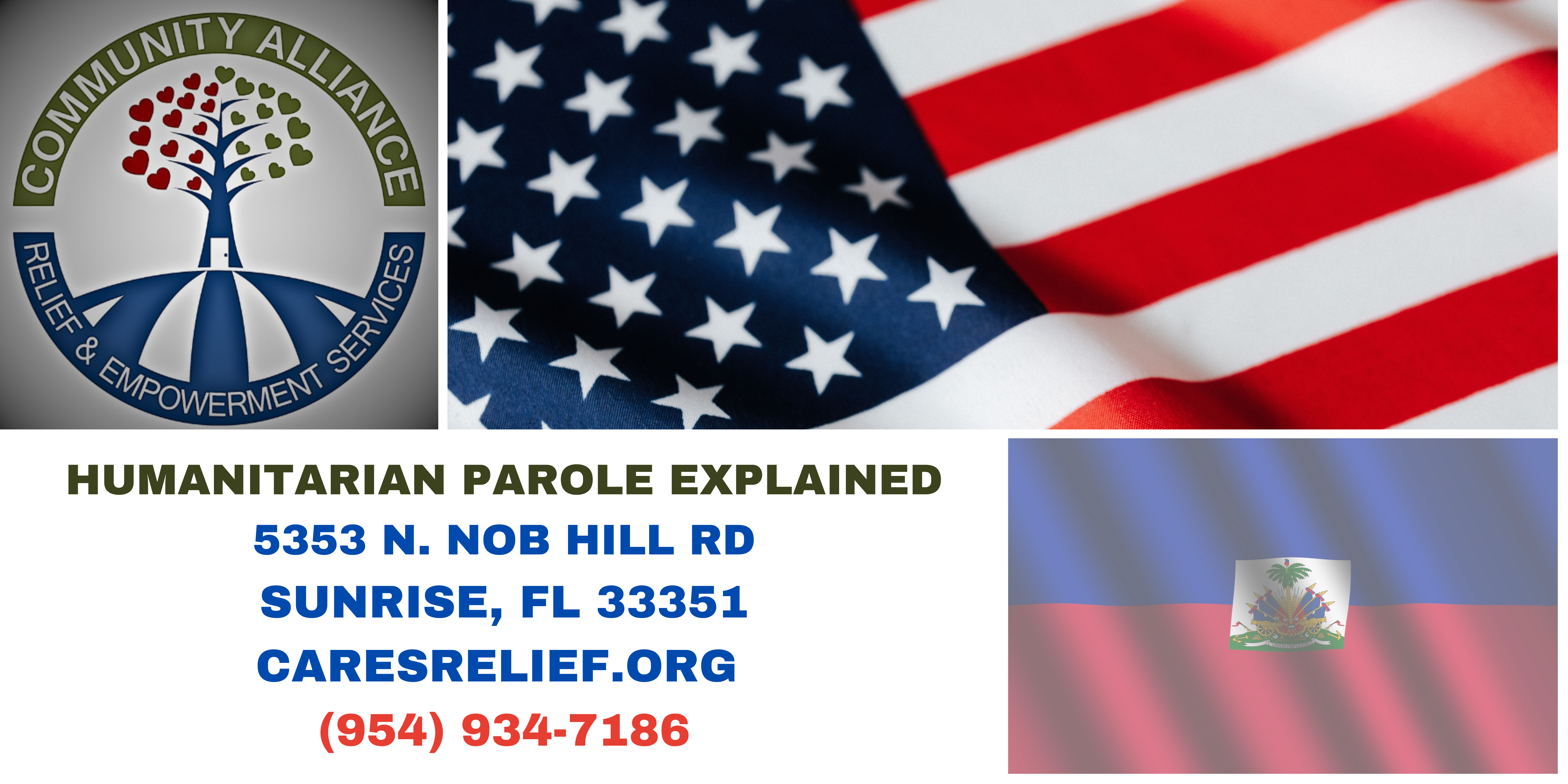
Humanitarian Parole Explained
Understanding Humanitarian Parole: A Comprehensive Guide
However, humanitarian Parole, Explained is a critical immigration relief program that often remains a lesser-known facet of immigration law. Therefore, this blog post aims to shed light on the intricate details of humanitarian parole, helping you understand its significance and how it can be a lifesaver for individuals in dire need. In this article, we’ll explore the concept, eligibility criteria, the application process, and the reasons for granting parole.
What is Humanitarian Parole?
the parole is a discretionary mechanism that allows the U.S. Department of Homeland Security (DHS) to grant temporary entry to individuals who would otherwise be inadmissible. This entry is granted on a humanitarian basis for a compelling and urgent reason, such as medical treatment, family emergencies, or significant public benefit. It provides a short-term solution for individuals facing unforeseen circumstances.
Humanitarian Parole Explained
Eligibility Criteria
To be eligible, individuals must meet certain criteria, including:
- Compelling Humanitarian Reasons: Humanitarian parole is typically granted for cases involving medical emergencies, family reunification, or situations of significant public benefit. The reasons must be compelling and urgent.
- Application Requirement: An application must be submitted to the U.S. Citizenship and Immigration Services (USCIS) using Form I-131, Application for Travel Document. Applicants must provide supporting documentation to demonstrate the compelling need.
- Affidavit of Support: A credible financial sponsor who commits to support the applicant during their stay in the United States is often required.
- Fee: There is a fee associated with filing the Form I-131 application. However, in certain cases, USCIS may waive the fee if the applicant can prove an inability to pay.
- Admissibility – Applicants must still demonstrate that they are not a threat to public safety. Or national security and are otherwise admissible.
Application Process
The application process for humanitarian parole involves several steps, including:
- Filling Out Form I-131: Applicants must complete Form I-131. And include detailed information about their situation, the purpose of their visit, and supporting documentation.
- Submission: The completed application and supporting documents must be submitted to USCIS.
- Biometrics Appointment: Applicants will be required to attend a biometrics appointment to provide fingerprints and photographs.
- Decision: USCIS reviews the application and supporting documents and makes a decision on whether to grant or deny.
- Travel Document. If parole is granted, a travel document will be issued to the applicant. Allowing them to enter the United States for the specified period and purpose.
- Arrival in the U.S. Once in the U.S., individuals are expected to abide by the terms and conditions of their parole.
Humanitarian Parole, Explained
For a deeper understanding of the process and requirements, you can visit CaresMag’s article on “Humanitarian Parole, Explained.”
It serves as a vital lifeline for individuals facing unexpected and dire circumstances. Enabling them to access the United States for temporary relief. Understanding the eligibility criteria and application process is crucial for those in need.
In conclusion, we hope this article has provided a clear overview. Helping you navigate this humanitarian immigration option when the need arises. For more in-depth information, don’t forget to check out the comprehensive article on “Humanitarian Parole, Explained” on CaresMag.

